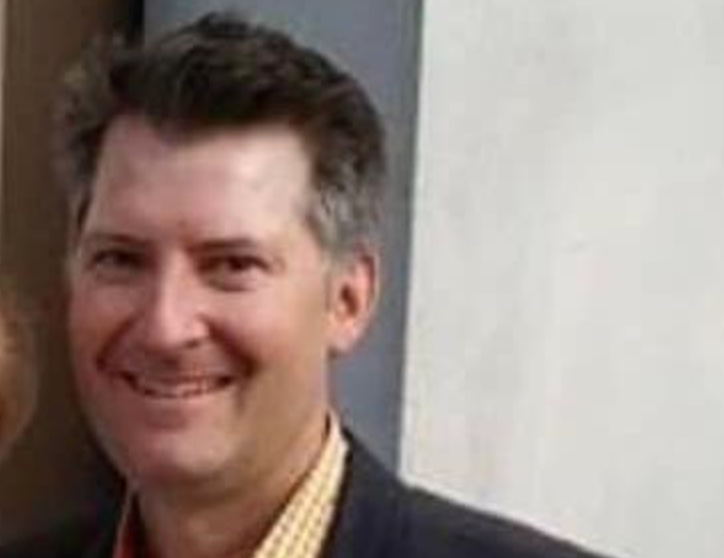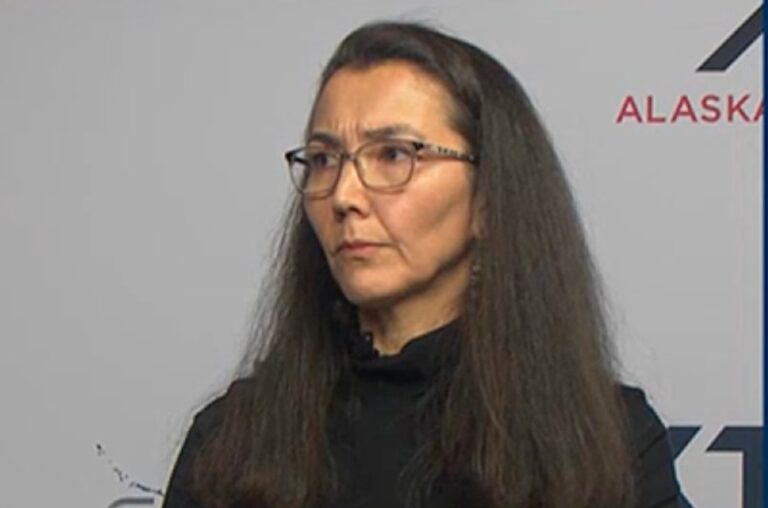By LINDA BOYLE
Scott Miller once saved lives in rural Washington with breathing treatments and early Covid care. Today, the physician’s assistant is fighting for the right to practice medicine in Alaska, after Washington State branded him a “grave danger to public health” and stripped his license, simply for using Ivermectin and Hydroxychloroquine.
Miller’s Washington State license was revoked because he dared to fight the medical associations and mainstream media mafia — he used Ivermectin and Hydroxychloroquine to treat Covid during the pandemic.
Miller worked in a rural Washington community. He had initial success in treating Covid patients with breathing treatments and learned that patients he sent to the hospital died. Consequently, his focus was to stop patients from being hospitalized and getting them out of the hospital when he could.
Things were going well, with more people seeking him out for help. Then he spoke at a medical freedom rally at the state capital; that resulted in 150 complaints filed against him with the Washington Medical Commission.
Other than one patient who complained PA Miller didn’t wear a mask, no real patient complaints were levied. And no patients were harmed.
None of that seemed to matter to the WMC. They initially suspended his license, accusing him of spreading misinformation and violating the standard of care. They also asked him to undergo a neuropsychiatric evaluation, which he refused to do.
On Oct 25, 2023, the WMC permanently revoked his license because he “represents a grave danger to public health and safety. The Commission concludes that (Miller) cannot be rehabilitated, and that permanent revocation is a necessary and appropriate resolution to this case.”
Wow! Saving people’s lives by using repurposed drugs gets your license permanently revoked in Washington.
In my many years of nursing, I have seen doctors who were once addicted to cocaine, and nurses who stole narcotics from patients in pain, and doctors who did really bad malpractice yet they kept their license. Yes, the drug addicted personnel had to go through rehab. But Miller’s “crime” led to people getting well and keeping patients out of the hospital. Somehow that was more serious in the eyes of the WMC.
Fast forward to Miller applying for a medical license in Alaska. Miller was originally turned down by the Alaska State Medical Board (ASMB) due to the decision from WMC.
Miller appealed the ASMB decision and on August 20, 2025, Chief Administrative Law Judge Joan Wilson presided over an appeal hearing on whether the ASMB should reconsider its decision. A short synopsis from Broken Truth.TV at this link. Connect to the link for a more thorough review.
The appeal hearing lasted eight hours. Miller defended his actions as clinically justified and supported by patient outcomes. He highlighted Alaska’s 2021 ASMB decision supporting physician discretion when a group of local doctors tried to remove the medical licenses from several of our courageous doctors.
The state, represented by attorney Mr. Higgins, relied solely on the decision from the WMC.
Several doctors, including one from Alaska, testified on Miller’s behalf. Dr. Tom Grissom, who specializes in Anesthesiology and Pain Medicine, noted Alaska’s freer medical environment—free from mandates that afflicted Washington. Grissom treated over 1,000 patients with Ivermectin and Hydroxychloroquine without hospitalizations and placed high-risk patients on prophylaxis. Grissom presented testimony that painted Miller as a “victim of politicized medicine”.
Several pastors also testified on how Miller saved members of their family and the church family with his treatment protocols.
This hearing is really at the center of the medical tyranny during the Covid years. It depicts the tension that exists among state medical boards, federal guidelines, and individual healthcare practitioner autonomy.
Supporters see Miller as a hero who saved lives. Other critics cite ethical breaches.
The Alaska Medical Board’s final decision is expected in 30-60 days. I am prayerful it will remember how the board allowed our doctors medical autonomy and weren’t sidelined by the crazed Covidians who saw only one way to approach the disease–the government way. I hope the board cuts through the noise and does the right thing.
Several of the doctors speaking at our Alaskans4personalfreedom event have also been harmed by regulatory agencies. Dr. Pierre Kory, our keynote speaker, lost three certifications for preaching early treatment modalities.
Dr. Ryan Cole had his license restricted in Washington for five years for treating patients with Ivermectin. The WMC said he could still do pathology consults as the state needed that expertise.
Dr. Meryl Nass lost her board certification. Unbelievably, she was required to undergo neuropsychiatric evaluation and alcohol/drug evaluation. Yet she still had her license to practice medicine suspended for the same crime—using Ivermectin to treat Covid patients.
All three speakers will be at our Alaskans 4 Personal Freedom conference on 11 October 2025 at the Wendy Williamson Auditorium. Dr. Kory will discuss the “War on Ivermectin”; Dr. Cole will present on “Be Your Own Best Doctor” and things you can do for yourself; and Dr. Nass will present on “The Attack on Farming, food, and our Health”.
Other presenters will give you information about healthcare legal and legislation successes; parental choice in education and the new Federal Tax Credit Scholarship program in the Big Beautiful Bill; Artificial Intelligence and its effect on your children’s critical thinking; and the stakeholder economy and its threat to the American economy. Our very own Dr. Farr will discuss medical topics relevant to medicine in Alaska.
Interested? We have phenomenal nationally recognized speakers. Tickets are only $55 for an all-day event including lunch. Go to https://ak4pf.org/2025-conference/ to purchase tickets. And students are free with student ID—just no lunch. Hope to see you there!
And if you would like to help PA Miller with his legal fees, please consider purchasing his book, The Most Dangerous Man in Washington and donating to his GiveSendGo.
Linda Boyle, RN, MSN, DM, was formerly the chief nurse for the 3rd Medical Group, JBER, and was the interim director of the Alaska VA. Most recently, she served as Director for Central Alabama VA Healthcare System. She is the director of the Alaska Covid Alliance.
Linda Boyle: Pediatric professional group puts profits above patients
Linda Boyle: FDA’s Dr. Vinay Prasad, Big Pharma, politics, and the price of medical integrity
Linda Boyle: WHO Without America, and America without globalist health orders
Linda Boyle: FDA green lights Spikevax for young children, raising questions on safety, transparency









